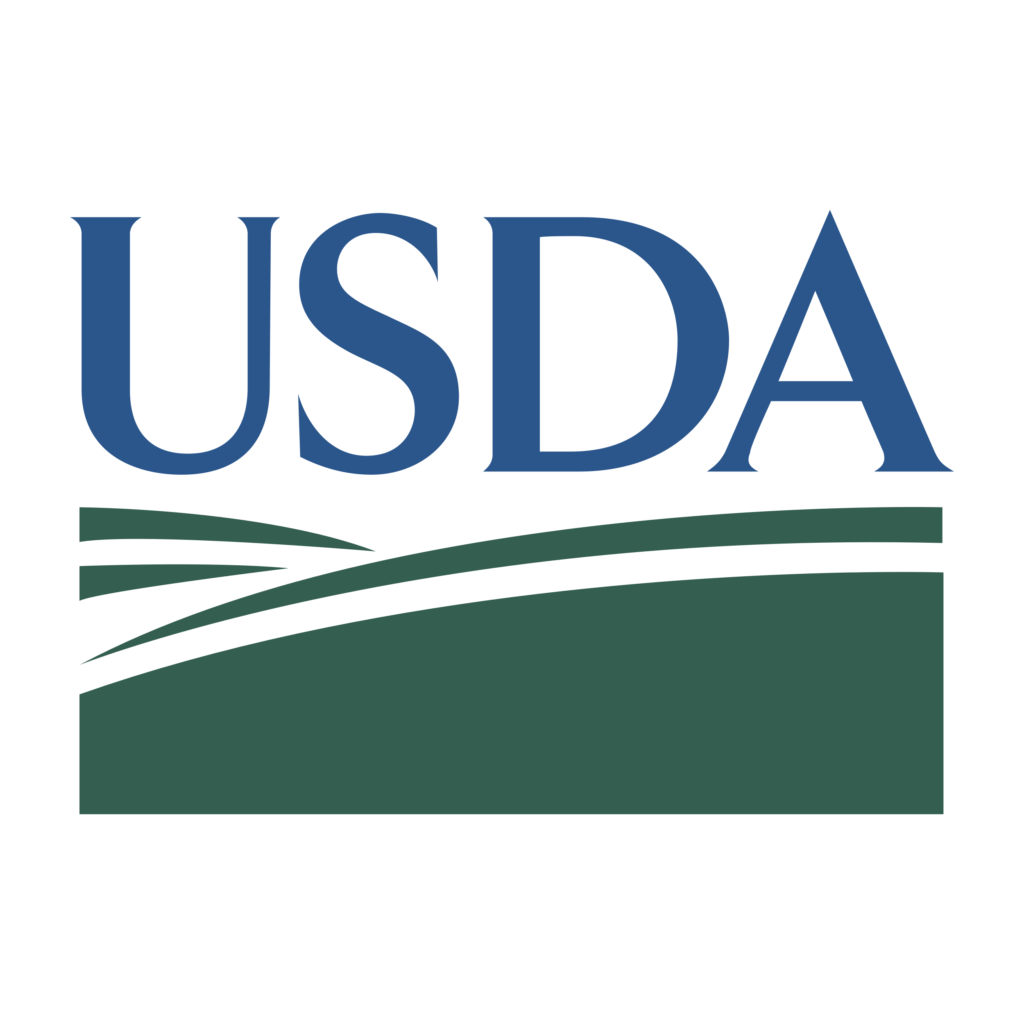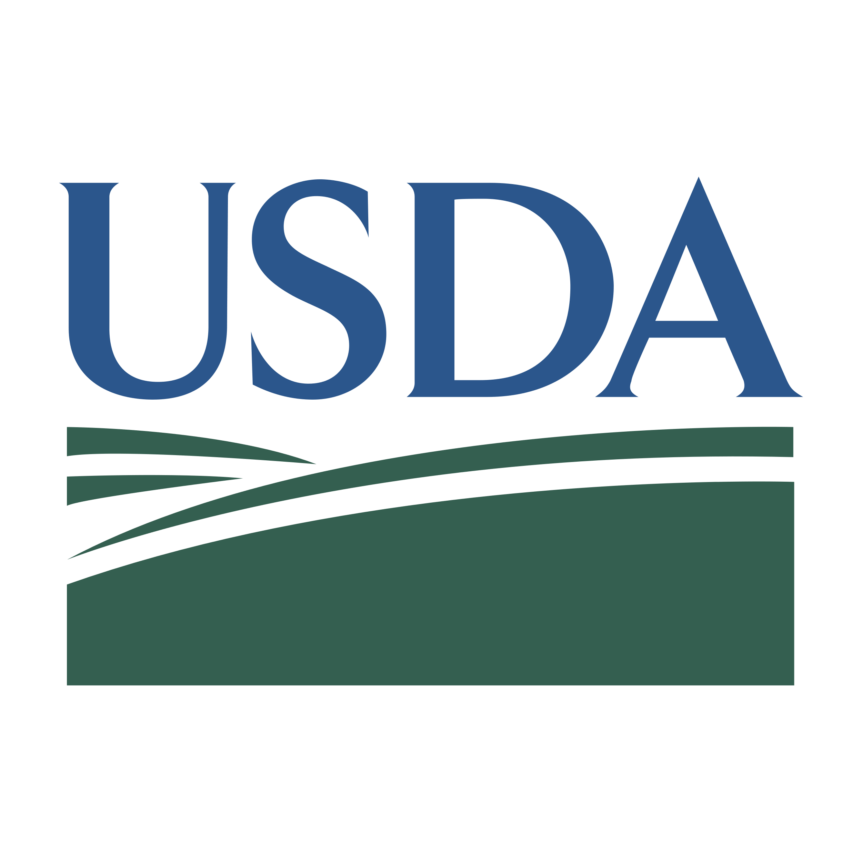
WASHINGTON – The U.S. Department of Agriculture (USDA) is issuing a second Emergency Commodity Assistance Program (ECAP) payment to eligible producers for the 2024 crop year. Of the authorized $10 billion in ECAP assistance, USDA’s Farm Service Agency (FSA) has already provided more than $8 billion in payments to eligible producers to mitigate the impacts of increased input costs and falling commodity prices. U.S. Secretary of Agriculture Brooke Rollins made the announcement at the Ag Outlook Forum in Kansas City.
“Initial ECAP payments were factored by 85% to ensure that total program payments did not exceed $10 billion in available funding. Since additional funds remain, FSA is issuing a second payment,” said Deputy Under Secretary for Farm Production and Conservation Brooke Appleton. “As producers continue to face market volatility, these payments along with the entire suite of supplemental disaster assistance programs, will help producers navigate market uncertainty, pay down debt for the 2024 crop year and secure financing for the next crop year.”
Payments will automatically be made to eligible producers with approved ECAP applications who received an initial payment. Any application approved after Sept. 25, 2025, will receive one lump sum payment. Authorized by the American Relief Act, 2025, these economic relief payments are based on planted and prevented planted crop acres for eligible commodities for the 2024 crop year.
ECAP Payments
FSA is issuing a second payment ECAP equal to 14% of the gross ECAP payment to eligible producers, making the final payment factor 99%.
ECAP assistance is calculated using a flat payment rate for the eligible commodity multiplied by the eligible reported acres. Payments are based on acreage and not production. For acres reported as prevented planted, ECAP assistance is calculated at 50%.
More Information
FSA helps America’s farmers, ranchers and forest landowners invest in, improve, protect and expand their agricultural operations through the delivery of agricultural programs for all Americans. FSA implements agricultural policy, administers credit and loan programs, and manages conservation, commodity, disaster recovery and marketing programs through a national network of state and county offices and locally elected county committees. For more information, visit fsa.usda.gov.










